How will we disseminate results?
In its4land we have a designated Dissemination Coordinator (Hansa Luftbild) to lead dissemination activities. The coordinator holds responsibility to ensure dissemination channels to different stakeholder groups are established and exploited: the dissemination program will be a regular agenda item throughout the life of the project.
In addition, the overarching dissemination program is closely aligned with the communications plan, in order to maximize dissemination reach and impact.
Also, its4land incorporates business plan development in WP8. The plan will consider: viable business partners; refine the product and service offerings developed in its4land; further define the market and marketing plan; make clear delineations of product, place, price, and promotion; and consider supporting management, organizational, and financing options.
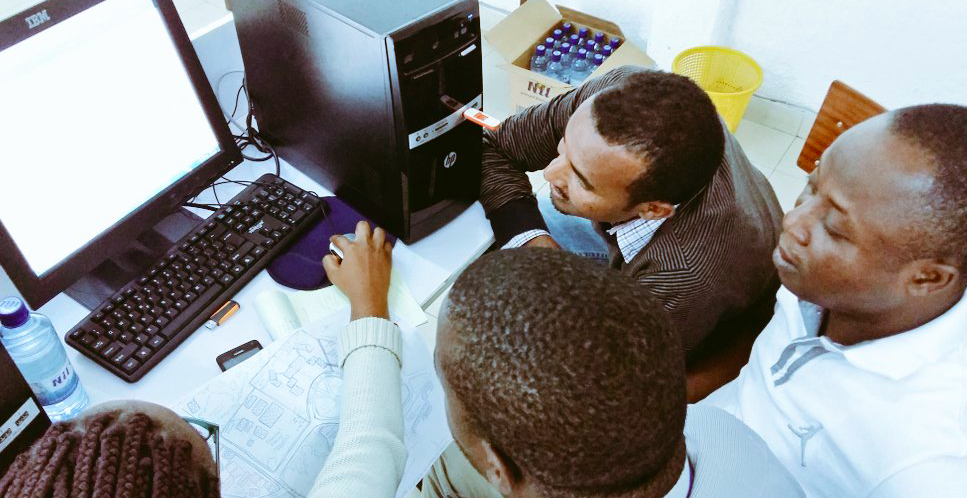
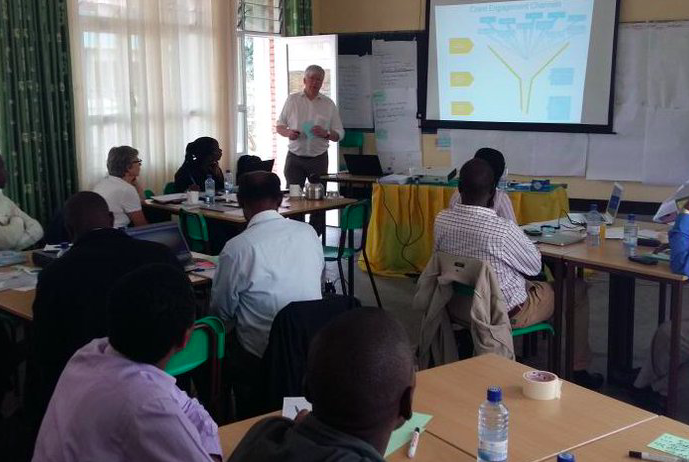
For East African end-user beneficiaries (including smallholders, NGOs, governments policy makers), engagements in the field data collection and subsequent piloting work will provide the first tangible dissemination of the project works. For the pilot communities, the data collected and made available, in paper based forms and other, will provide a lasting resource. Beyond the project, the success of pilots, conveyed by local NGOs and farmer organization networks, will be used to mobilize grassroots or bottom-up interest in the innovate tools and approaches, and subsequently support land tenure recording advocacy. For East African states and national governments (specifically: Ethiopian Ministry of Agriculture; Rwandan Natural Resources Authority; National Land Commission – Kenya) the bottom-up demands, will be matched with top-down dissemination activities.
In addition to training package development and delivery, high-level policy mobilization meetings will be fostered by the consortium: regional networks including EALAN will be used to encourage further piloting and demonstrations – after the project completes. The tools developed directly align with calls for more pro-poor approaches to land administration, as found in contemporary sub Saharan country land policy documents, and the African Union’s Land Policy Initiative more generally.
For other end-user beneficiaries (including international investors, SMEs, and donors), use will be made of existing networks to publicize, promote, and further pilot the suite of land recording tools and accompanying governance, business, and capacity development approaches – both during and after the project.
Close collaborative links with national development cooperation agencies (e.g. GIZ, USAID) and international donors (e.g. World Bank) will be used to target country level piloting in contexts beyond the three case countries – adding or extending existing Africa-IST Living Labs will also be explored.
In addition, the tools will be synchronized as extensions to the African Land Policy Initiative (A-LPI) concepts and responses, UN-Habiat GLTN’s 18 land tools, FAOs Voluntary Guideline tool kids, and FIGs fit-for-purpose land administration methodologies, already under development.
The intended open-access nature of the tools means components can be made available to the network: global dissemination is enabled.


For the commercial sector opportunistic use of the largest geospatial industry trade shows (e.g. ESRI user conference, GeoBusiness (UK), Intergeo (Ger)) will be used to demonstrate tools and piloted results and deliverables as they come online – to both larger and smaller technology vendors (e.g. Hexagon, Trimble, ESRI). HL and ESRI take a lead in these activities (however, ITC maintains strong linkages with these private sector players) – particularly in revealing potentially patentable elements – and WP8 directly relates to these activities (see 2.2.2 for details). Components deemed suitable for open-source dissemination and consumption (i.e. the majority) will be made available via the project website (the ‘gold’ approach is intended here). Subsequently, they will be linked to open source communities already working on land tool developments (e.g. STDM via Github). Beyond the project lifespan, the commercial consortium partners and open-source communities drive further exploitation and innovation.
For the research sector, aligned with H2020 objectives, all effort will be made to publish works relating to its4land in open-access journals (i.e. gold) – and use other mechanisms provided by IST-Africa and the Living Labs concept. The always-available online works ensure maximum used and exposure to the research community. Where enabled, academic partners will make pre-published works available on the project website and their institution sites (i.e. green). After the project a lasting – but living – repository of data and works will be hosted at UT (see data management plan in section 2.2.3). Academic partners in the consortium will give its4land a podium in international conferences. For instance, the Geobia conference will be held in UT in fall 2016 and be co-chaired by the applicants; a special session on related topics will be organized.
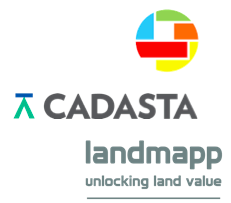
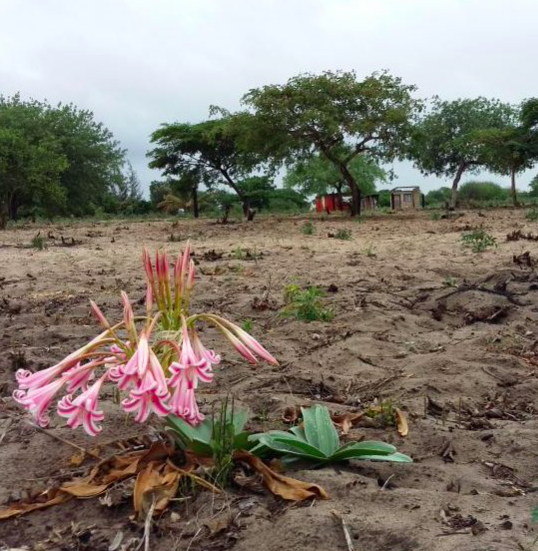
The innovation process and multi stakeholder setting of its4land demands a set of tailored dissemination and exploitation approaches. Smallholder end-user beneficiaries are best served via local NGOs, who whilst not direct consortium members, are intended as key members in the advisory group and valorisation panel. Land related government and policy making beneficiaries must, and are, incorporated into all three project phases: again, whilst not consortium members, they are closely linked to the East African partners already. The collaborative development, piloting, and training relating to the tools provide the best chance for tool update and broader dissemination – and acceptance at higher levels of government. International investors, donors, and other SMEs are better mobilized via industry channels: the plan above provides opportunities for knowledge sharing and uptake beyond the life of the project. The same applies to the industry sector and capitalization of the developed tools. The research sector has well founded channels for dissemination and exploitation of results: both the green and gold open access mandates are crucial for East African researcher access. Combined, the proposed measures serve to improve existing partnerships between the EU and sub Saharan Africa, but also deliver and embed a tool that responds to market and end-user needs. As such, the proposed measures directly support the work programme.
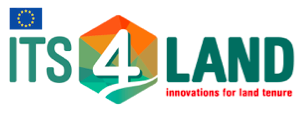
Recent Comments